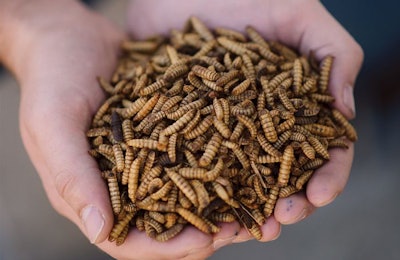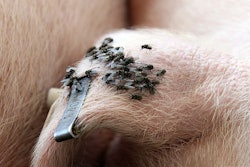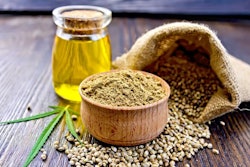
A start-up company and an already established biotech firm that are both engaged in insect protein production in Malaysia are eyeing the pet food sector as potential market for their main product: black soldier fly larvae (BSFL).
Nutrition Technologies, which operates a production facility in Malaysia with supporting sites in Singapore, UK and Vietnam, is already selling to pet food companies its flagship products made from powdered and dried BFSL. They also sell oil extracts from this prolific insect as well as live, writhing larvae for farm animals and pets such as birds, reptiles and fish.
Nutrition Technologies is in good shape to expand its BFSL production for animal feed and pet food as it recently secured US$8.5 million Series A funding from Openspace Ventures and SEEDS Capital, the investment arm of Enterprise Singapore. The company is investing the money to build the largest high-tech insect protein production facility in Southeast Asia that can produce over 18,000 tons of insect-based protein products and organic fertilizers every year.
Turning organic waste into pet food
For start-up Life Origin, the secret to Malaysia’s food security rests on millions of writhing maggots that can turn organic waste into livestock, animal feed and pet food. The one-year-old company believes the plump BSFL contain so much high-quality protein and fat content that make them healthy ingredients for pet food. It also recognizes the need to change or hide BSFL’s original form to make them more acceptable to consumers.
Life Origin, which has a BSFL breeding farm in Malaysia, recently emerged as one of the winners of the Global AgriTech Summit 2019 bootcamp.
Grub food market size
BSFL were first commercially used as live feed for pet reptiles. Today, their pupae are food for poultry, fish, pigs, lizards, turtles, dogs and cats.
Industry research firm ResearchAndMarkets.com sees edible grubs becoming a US$7,957 million market by 2030 (24.4% compound annual growth rate) from 2019 to 2030), which would translate to 732,684.1 tons of squirming maggots.
The Asia-Pacific region leads the global production of BSFL, crickets and other edible insects for feed and food, mainly because of the conducive natural climate in the region for insect propagation and the relaxed regulatory setting when it comes to insects’ role in the food chain.














